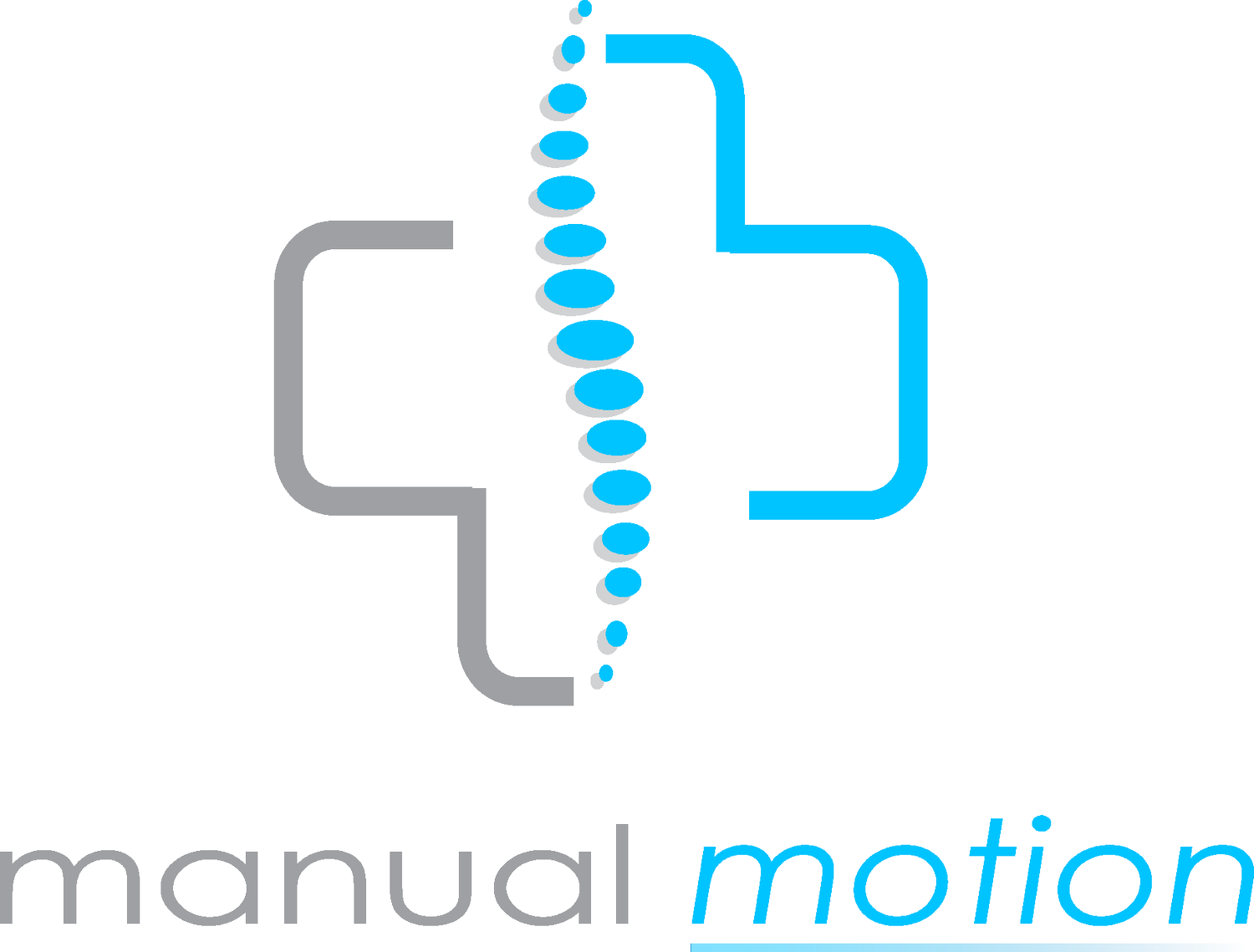Osteopathy and Tongue Tie in Babies: How Osteopathy Can Help
As a parent, you want the best for your baby's health and well-being, and that includes ensuring they can feed properly. However, some babies experience difficulties with breastfeeding or bottle-feeding due to a condition known as tongue tie. Tongue tie, or ankyloglossia, occurs when the strip of skin beneath the baby's tongue (the lingual frenulum) is shorter than usual, restricting the tongue's movement. This can lead to challenges in latching onto the breast or bottle, causing discomfort for both the baby and the mother. Fortunately, osteopathy is emerging as a valuable complementary therapy to address these issues. In this blog post, we'll explore what tongue tie is, how it can affect your baby, and how osteopathy can help.
Understanding Tongue Tie
Tongue tie is a congenital condition that occurs when the lingual frenulum, which connects the tongue to the floor of the mouth, is shorter than normal. This condition restricts the range of motion of the baby's tongue, making it difficult for them to extend their tongue forward or move it from side to side. Tongue tie can vary in severity, and its effects can be different for each baby.
How Tongue Tie Affects Babies
Feeding Difficulties: The most common issue associated with tongue tie is feeding difficulties. Babies with tongue tie often struggle to latch onto the breast or bottle properly, leading to inefficient feeding and inadequate milk transfer.
Discomfort: Babies with tongue tie may become frustrated during feeds, causing discomfort for both the baby and the breastfeeding mother.
Inadequate Nutrition: Difficulty in feeding can lead to inadequate nutrition for the baby, which can impact their growth and development.
Pain for the Mother: For breastfeeding mothers, tongue tie can lead to nipple pain, cracking, and mastitis, making the breastfeeding experience painful and discouraging.
Osteopathy and Tongue Tie
Osteopathy is a holistic healthcare approach that focuses on the musculoskeletal system's role in overall health. Osteopathic practitioners, known as osteopaths, use their hands to diagnose and treat a wide range of conditions, including tongue tie in babies. Here's how osteopathy can help babies with tongue tie:
Assessment: Osteopaths can assess your baby's tongue tie and determine its severity. They will also evaluate any associated musculoskeletal issues that may contribute to feeding difficulties.
Gentle Techniques: Osteopathic treatment for tongue tie is non-invasive and gentle. Osteopaths use subtle manual techniques to release tension in the tongue, jaw, and surrounding tissues. These techniques can help improve tongue mobility.
Whole-Body Approach: Osteopaths consider the whole body when treating tongue tie. They may also address any other musculoskeletal issues your baby may have that could be contributing to feeding problems.
Support for Breastfeeding: Osteopathic treatment can help breastfeeding mothers by addressing issues related to their baby's tongue tie, such as nipple pain and damage. This can be crucial in maintaining a successful breastfeeding relationship.
Complementary Care: Osteopathy can be used alongside other treatments for tongue tie, such as surgical procedures, if necessary. It can also help with post-operative recovery.
Tongue tie can be a challenging condition for both babies and their parents, especially when it interferes with feeding. Osteopathy offers a gentle and non-invasive approach to addressing tongue tie and its associated musculoskeletal issues. By improving tongue mobility and addressing any discomfort or pain, osteopathic treatment can help babies feed more effectively and comfortably.
If you suspect that your baby has tongue tie or is experiencing feeding difficulties, consult with a healthcare professional, such as a lactation consultant or pediatrician, to determine the best course of action. Osteopathy may be a valuable addition to your baby's care plan, promoting better feeding and overall well-being.

